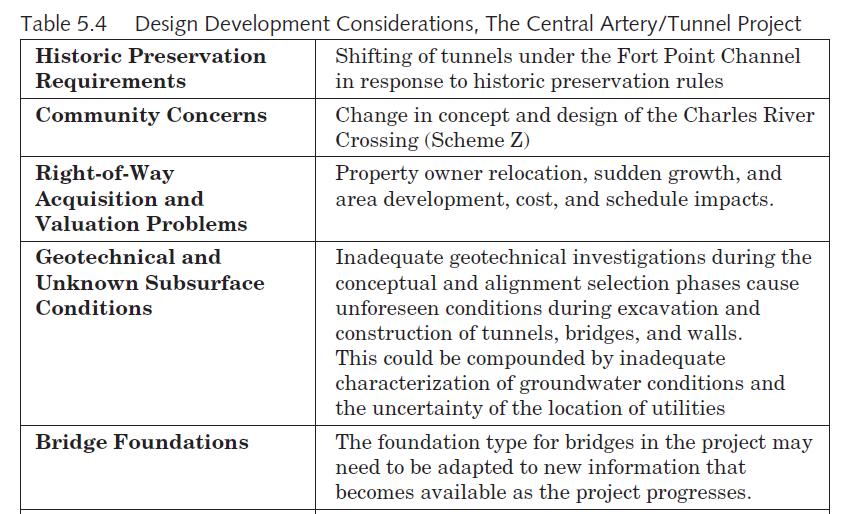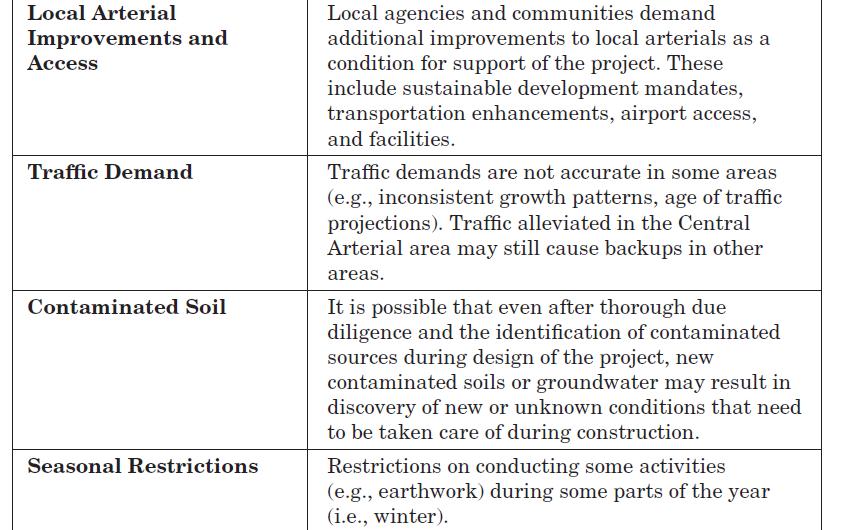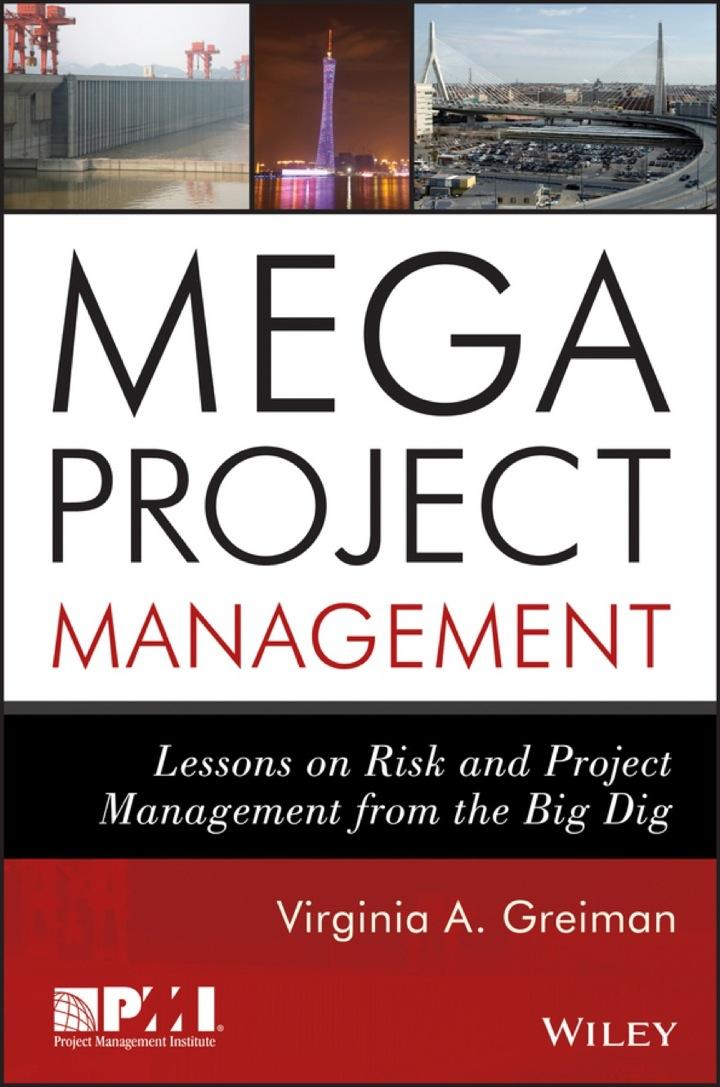Scope creep tends to be a problem on all projects, but particularly megaprojects. Review the reasons for
Question:
Scope creep tends to be a problem on all projects, but particularly megaprojects. Review the reasons for scope creep on the Big Dig and discuss how these problems might have been prevented with better planning and project structure.
Scope Creep
Scope creep is the tendency of the requirements to grow over time, and, as the literature reflects, it is a common affliction on all projects but particularly on large and complex projects that often require rework. A scope statement that is broad and imprecise is an invitation for scope creep. Most of the time, scope creep results in cost overruns and delays. A clear specification statement enables the project team to immediately realize when extra work is added and is a beneficial tool for controlling scope creep. However, a clear specification does not always work if the project manager ignores the process, or if specific requirements or stakeholders’ concerns are not solicited or addressed at the conceptual or early stage of the project to help properly define such specification. Scope creep on the Big Dig resulted primarily from the first two considerations in Table 5.4: (1) historic preservation requirements and (2) community concerns about the original design of the Charles River Crossing.


Step by Step Answer:

Megaproject Management Lessons On Risk And Project Management From The Big Dig
ISBN: 9781118115473
1st Edition
Authors: Virginia A. Greiman





